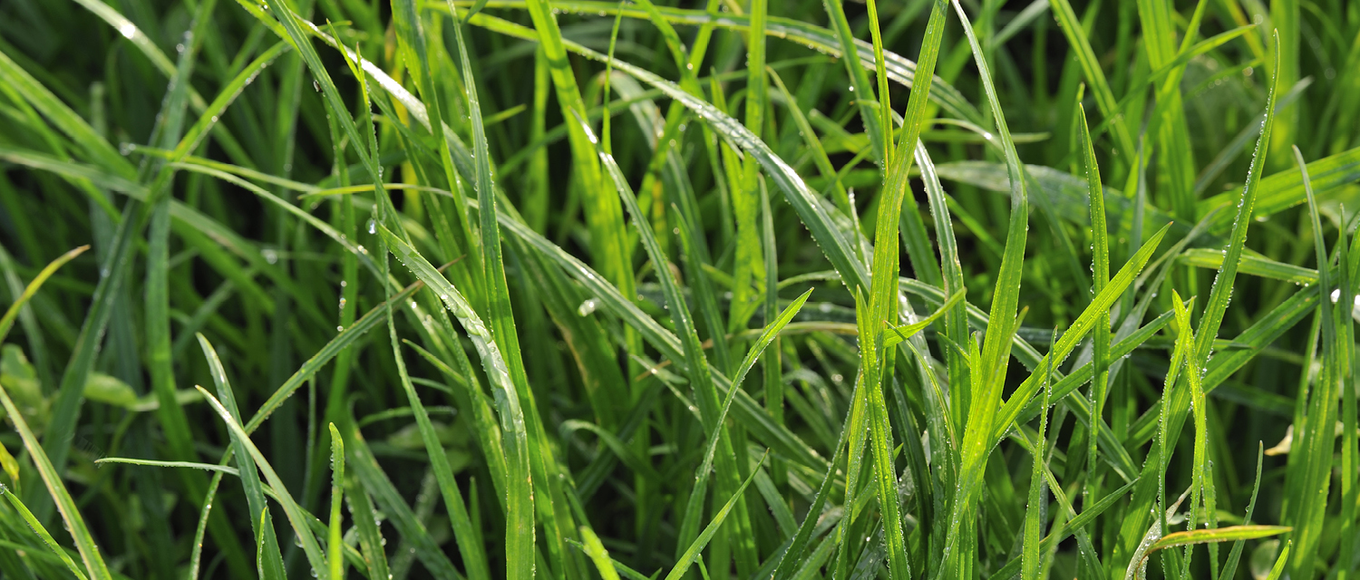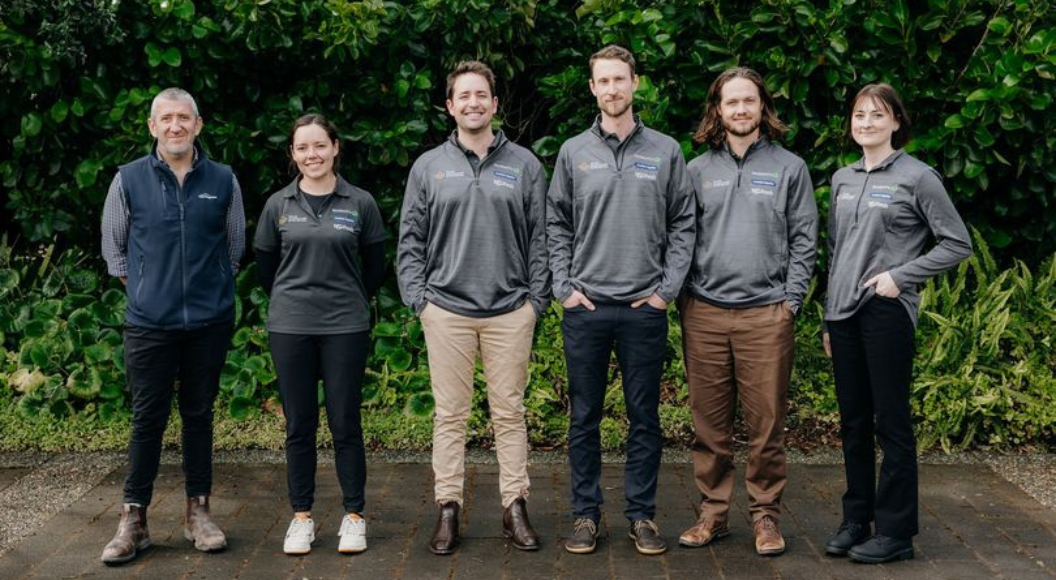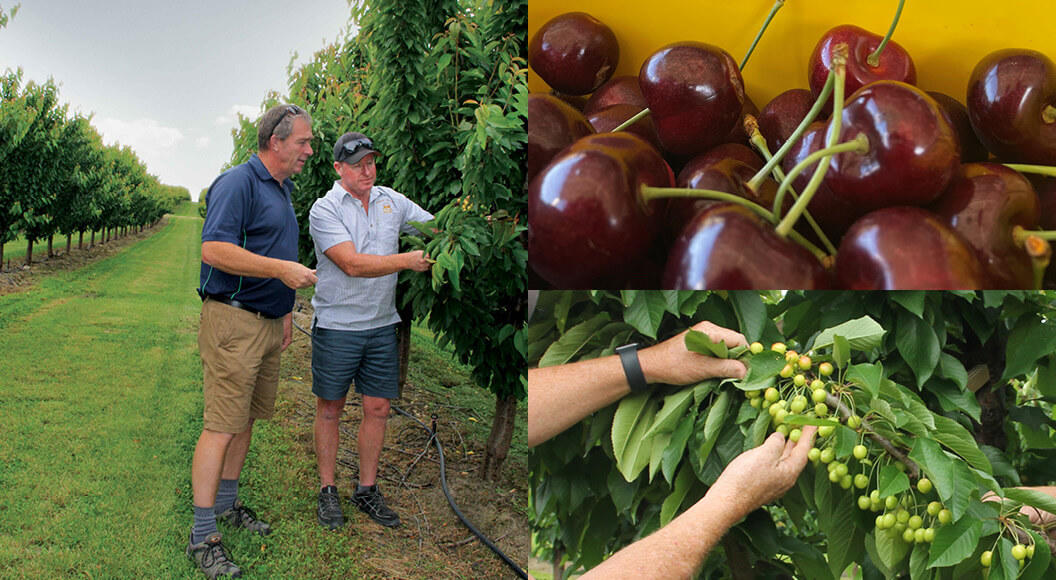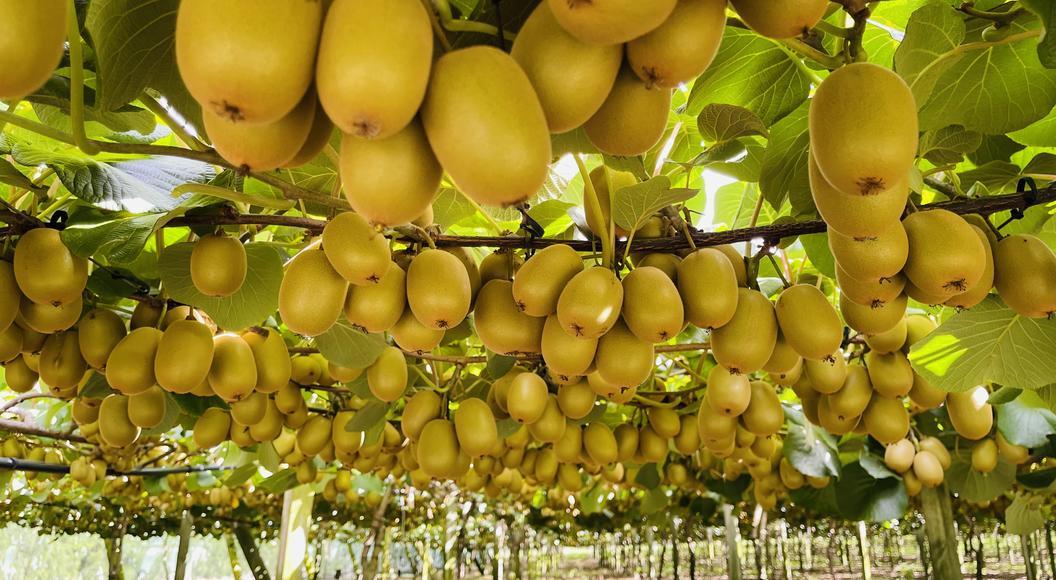
Choosing a top performing perennial ryegrass
Over ten years of investment in breeding, research and development has paid off with recently released Platform AR37 jumping straight to the top of this year’s National Forage Variety Trial (NFVT) summary.
Nick Browning, Northland dairy farmer, compared Platform AR37 to Expo AR37 and found Platform AR37 to be a strong establishing grass with very good tiller density. He has been impressed with Platforms’s cool season growth in a challenging wet year. Although Nick’s paddocks were late autumn planted, the ryegrass has provided four grazings over
the winter and early spring.
Similar to Nick, Waikato mixed sheep, beef and cropping farmer Donald Stobie says Platform AR37 established well and has handled the extremely wet winter. Donald’s paddock was readily grazed by lambs and produced as much feed as Excess AR37. Both Donald and Nick are interested to see how Platform AR37 handles the summer and if it does as well as trials suggest, they will be looking for seeds to plant following their summer crops.
Platform AR37 is a dense finely leaved cultivar with a late heading date (more than 12 days) fitting between mid-season Excess and very late Base. “Parentage for Platform AR37 includes a combination of elite New Zealand and North-West Spanish genetics to provide both spring and cool season growth when it is needed most” says plant breeder Tom Lyons.
The relationship between Platform and New Zealand’s premium AR37 endophyte has also been a major focus in the development of this new cultivar. Selection for endophyte compatibility and stability enables the new ryegrass to consistently deliver insect protection for major pests including black beetle, Argentine stem weevil larvae, pasture mealy bug, root aphid and porina.
The extensive breeding, selection and testing by PGG Wrightson Seeds plant breeders and agronomists have delivered two other top performing perennial ryegrasses, Base AR37 and Excess AR37. Along with Platform AR37, these three perennial ryegrasses all feature in the top five of this year’s independent NFVT results (see Graph 1 below). “It’s great to be able to offer New Zealand farmers top performing perennial ryegrasses in each of the main heading date groups; mid-season, late and very late” says PGG Wrightson Seeds National Sales and Marketing Manager, Hugh McDonald.
Excess AR37 and Base AR37 have also performed strongly in various regional NFVT summaries1. In the Upper North Island, Excess AR37 has demonstrated its suitability for this challenging environment while Base AR37 continues to produce outstanding results in the Canterbury (upper South Island) summary.
Having the right balance of paddocks with different heading dates is critical to maintaining feed quality and matching feed supply to demand. The heading date of a ryegrass cultivar is when 10 percent of plants have emerged seed heads. Dates are defined relative to the cultivar Nui heading at day zero, which is approximately 22 October. Mid-season ryegrasses such as Excess AR37 (more than seven days) and Rely (zero days later than Nui) offer an earlier ‘spring flush’ in the six weeks prior to
heading, while later heading varieties such as Base AR37 (more than 22 days) hold quality providing leafy high quality
feed later in spring.
It is recommended to sow ryegrass cultivars with a range of different heading dates to spread time of heading and reduce the overall loss of summer quality. Sowing ryegrasses with different heading dates in separate paddocks is recommended along with planting no more than 50 percent of the farm in late/very late heading cultivars to avoid early spring feed pinches.
For more information on PGG Wrightson Seeds’ range of forage grasses, contact your local PGG Wrightson Technical Field Representative.
ARTICLE SUPPLIED BY PGG WRIGHTSON SEEDS
1 NFVT Perennial Ryegrass Summary: http://www.nzpbra.org/wp-content/uploads/2016-perennial-ryegrass-graphs…



